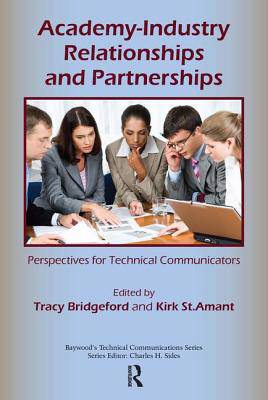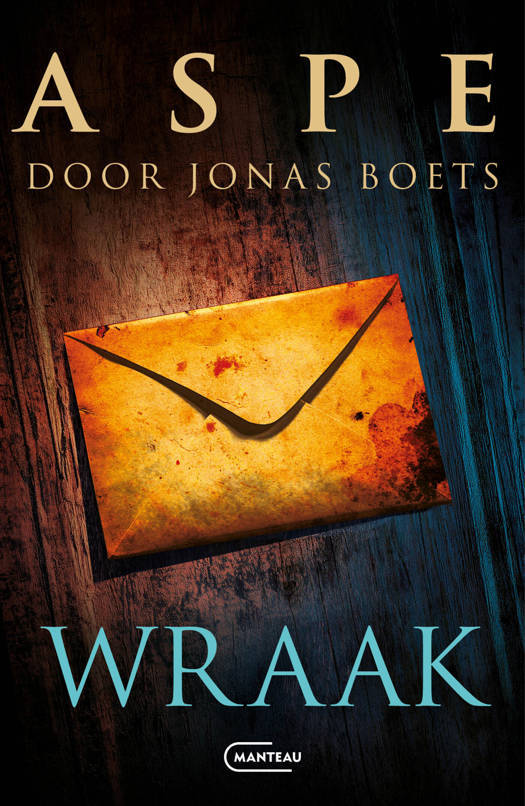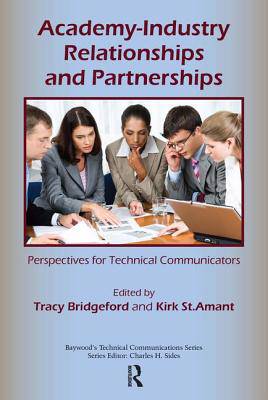
- Afhalen na 1 uur in een winkel met voorraad
- Gratis thuislevering in België vanaf € 30
- Ruim aanbod met 7 miljoen producten
- Afhalen na 1 uur in een winkel met voorraad
- Gratis thuislevering in België vanaf € 30
- Ruim aanbod met 7 miljoen producten
Zoeken
Academy-Industry Relationships and Partnerships
Perspectives for Technical Communicators
Tracy Bridgeford, Kirk St Amant
€ 98,95
+ 197 punten
Uitvoering
Omschrijving
In the field of technical communication, academics and industry practitioners alike regularly encounter the same question: "What exactly is it you do?" Their responses often reveal a fundamental difference of perspective on what the field is and how it operates. For example, academics might discuss ideas in terms of rhetorical theory, while practitioners might explain concepts through more practical approaches involving best business practices. And such differences can have important implications for how the field, as a whole, moves forward over time. This collection explores ideas related to forging effective academia-industry relationships and partnerships so members of the field can begin a dialogue designed to foster communication and collaboration among academics and industry practitioners in technical communication. To address the various factors that can affect such interactions, the contributions in this collection represent a broad range of approaches that technical communicators can use to establish effective academy-industry partnerships and relationships in relation to an area of central interest to both: education. The 11 chapters thus present different perspectives on and ideas for achieving this goal. In so doing, the contributors discuss programmatic concerns, workplace contexts, outreach programs, and research and writing. The result is a text that examines different general contexts in which academia-industry relationships and partnerships can be established and maintained. It also provides readers with a reference for exploring such interactions.
Specificaties
Betrokkenen
- Auteur(s):
- Uitgeverij:
Inhoud
- Aantal bladzijden:
- 260
- Taal:
- Engels
- Reeks:
Eigenschappen
- Productcode (EAN):
- 9780895039071
- Verschijningsdatum:
- 30/10/2015
- Uitvoering:
- Paperback
- Formaat:
- Trade paperback (VS)
- Afmetingen:
- 152 mm x 229 mm
- Gewicht:
- 385 g

Alleen bij Standaard Boekhandel
+ 197 punten op je klantenkaart van Standaard Boekhandel
Beoordelingen
We publiceren alleen reviews die voldoen aan de voorwaarden voor reviews. Bekijk onze voorwaarden voor reviews.











